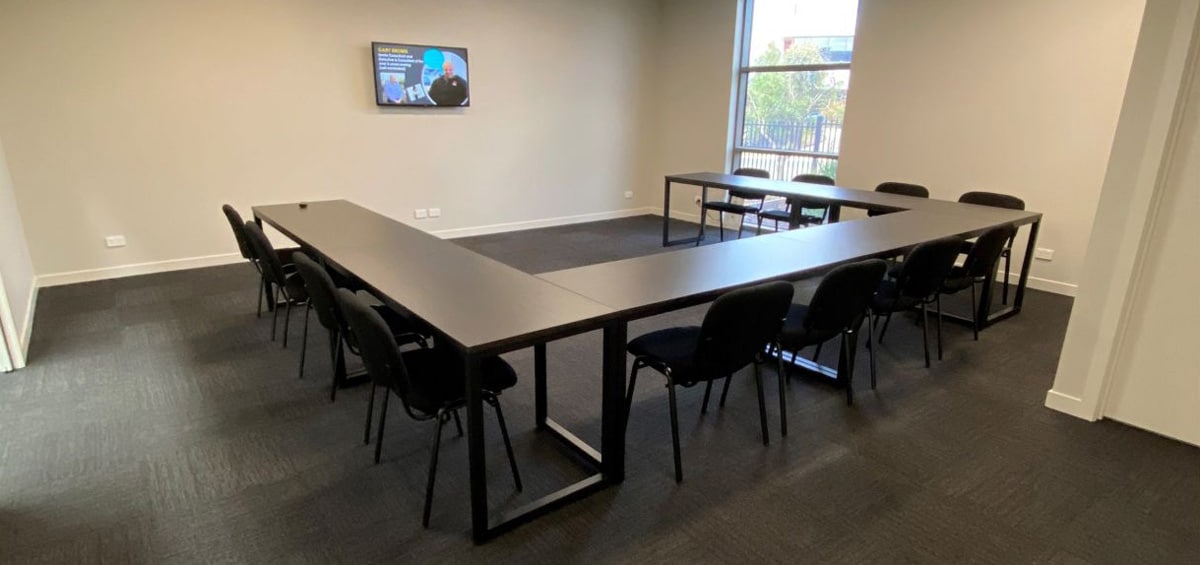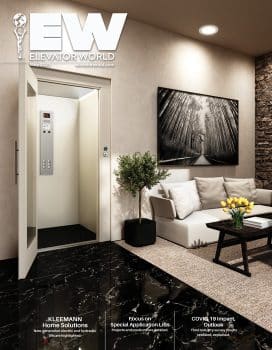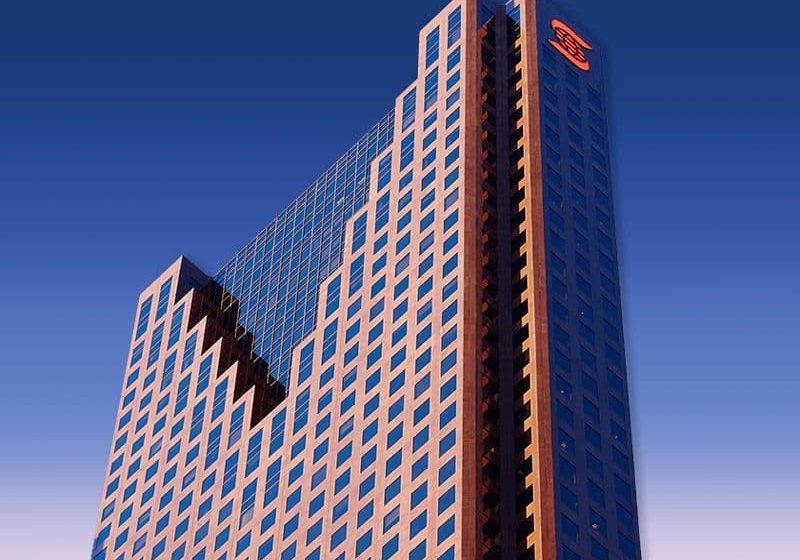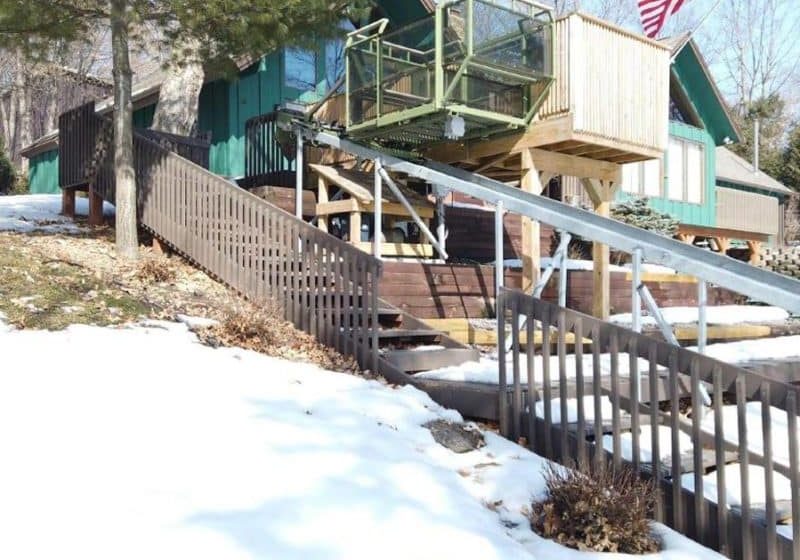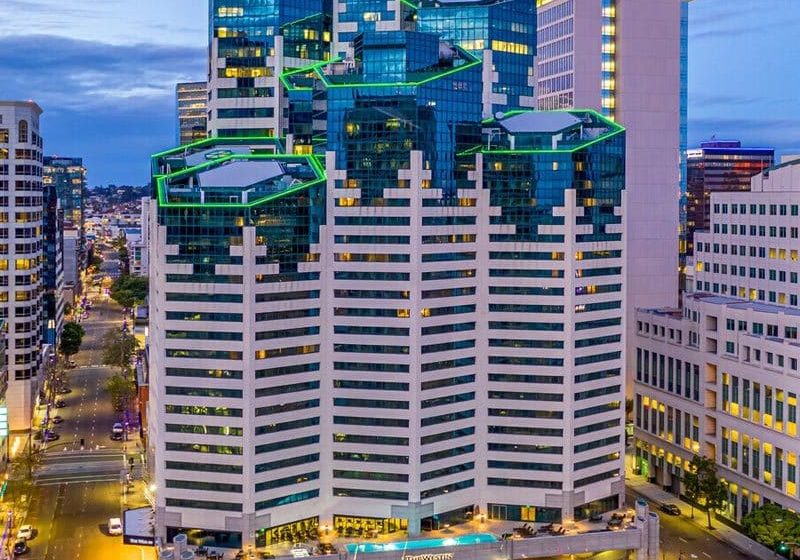Australia’s LML Lift Consultants debuts training facility.
An idea that had been “bubbling away in the background” in the minds of LML Lift Consultants partners Richie Lobert and Dean Morgan for approximately 25 years is coming to fruition: Vertical Ambition (VA), a new training facility at company headquarters in Rowville, Australia — just outside Melbourne — is set to open later this spring. LML, which also has offices in Adelaide and Southern Australia, received positive feedback on training it provided to clients. That led to establishing VA, Lobert said.
VA occupies 150 m2 of LML’s 280-m2 headquarters. It is adjacent to a warehouse in which the company has a range of vertical-transportation (VT) equipment to incorporate into teaching. Historic components were harvested from LML’s modernization projects. “We are currently stockpiling controllers from different eras to illustrate the changes in technology,” Lobert said. On hand or being delivered are:
- A range of governors, including early speed-ball types, on through to modern Wittur equipment
- Otis Elevonic 401 and 413 controllers and drives
- KONE TMS 600 and 700 traffic-management systems including destination-control operating panels
- Wittur car power-door operators
- Historic manually controlled levers for elevators
Construction on VA had been ongoing for nearly a year before lockdowns went into effect in Australia in late January and LML staff began working remotely. Because the majority of work on VA had been completed, this meant progress was largely unaffected by the pandemic, Lobert said.
By the end of the 2021, LML aims to install a commercial elevator for hands-on training at VA.
Evolution of an Idea
The mid-1990s was when Australia’s VT industry became self-regulated, Lobert said. Since that time, industry-specific training was something people learned on the job. That got Lobert and Morgan thinking about providing their own, more-focused training. Lobert said:
“The previous training format and requirements necessary for formal qualification as an elevator technician would generally have consisted of a four-year apprenticeship as an electrician, followed by further certification involving 12 months of training and night classes. These classes included a number of industry-specific modules. Many in the industry embarked on further training to be deemed competent to test lifts, safety gears and the like.

“So, essentially, the reason we were so keen to launch VA was simply because we want to be able to share some of our industry knowledge and experience with others. While we currently don’t have a formally recognized course available, that is certainly the endgame for us.”
While we currently don’t have a formally recognized course available, that is certainly the endgame for us.
— Richie Lobert, LML Lift Consultants
Now and in the Future
In the meantime, VA has several courses available. They are geared toward those who manage VT assets, and anyone new to the industry who handles administration, manages accounts (issues to look for when reviewing invoices, for example) or sells products and services. Provided in a classroom that allows for interaction, lessons include a broad overview of the various elements of elevators, escalators and moving walks, which Lobert points out promises to “greatly assist students when it comes to managing equipment.” The classroom area seats approximately 20.
Training packages currently available include “Basic Principles of Elevators and Escalators,” “When To Modernize,” “Effective Management of Maintenance Agreements and Contractors” and “Hazard and Risk Assessment.”
Core subjects include:
- Safety in and around elevators, escalators and moving walks
- Basic elevator technology
- Lift types: gearless, geared, hydraulic, etc.
- Introduction to escalators/moving walks
- VT maintenance
Electives include:
- Elevator applications
- Australia building code for elevators, escalators and moving walks: implications and requirements
- Property Council of Australia requirements, per grade of building asset, i.e., ride quality, wait times and handling capacity
- Destination-dispatch versus conventional control systems
- Compliance with the Disability Discrimination Act
- European standards for elevators, escalators and moving walks
- Reliability and breakdown matters
- Elevators, escalators and moving walks for facilities and operations managers
As for what the future holds, Lobert said:
“We will be looking to add to this list and, hopefully, expand into some more technical training in the future, with the intention of one day offering accredited courses. We are in discussions with a number of institutions in relation to this. When you look across the diverse, technical experience of our team of consultants, providing technical training is really where we would like to be. Our team members include true veterans of the industry with impressive backgrounds. For example, Jim Caruana had more than 40 years’ experience with Otis and served as [its] national head of field engineering. Ian Flannery has more than 38 years’ experience, and was technical service and training manager for KONE. We are passionate to share some of this knowledge and experience with the next generation of elevator technicians.”
About the Trainers
With more than 80 years of vertical-transportation industry experience combined, VA instructors and LML senior consultants Jim Caruana and Ian Flannery bring a lot to the table. Caruana has more than 44 years’ experience in roles that include national manager of field engineering at Otis. He has worked on many major tower projects in Melbourne, including the 55-story Rialto, the largest-ever lift modernization undertaken in Australia that involved upgrading legacy equipment such as Otis Elevonic passenger and goods lifts (ELEVATOR WORLD, September 2017), and Freshwater Place, a 63-story tower completed in 2006 that implements a custom emergency-egress system (EW, March 2005). Caruana’s main responsibilities over the years was ensuring that all VT equipment installed, modernized or placed into service was commissioned properly and safe to operate before being handed over to the customers. He has extensive experience working with buildings, facilities managers, sales teams and technological teams.
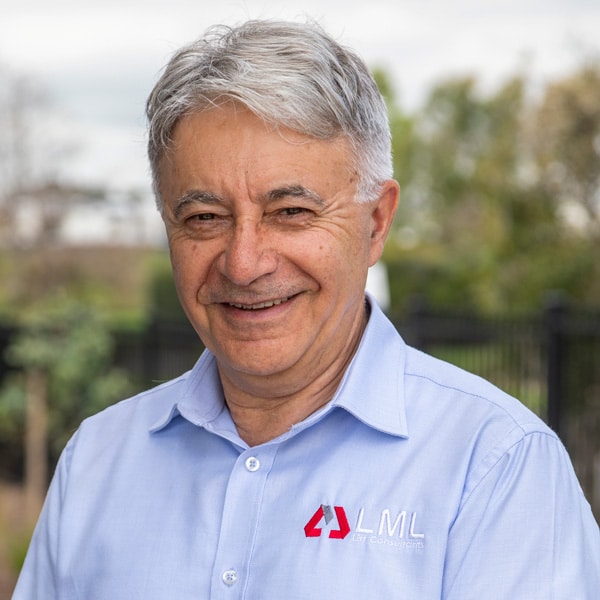
Jim Caruana 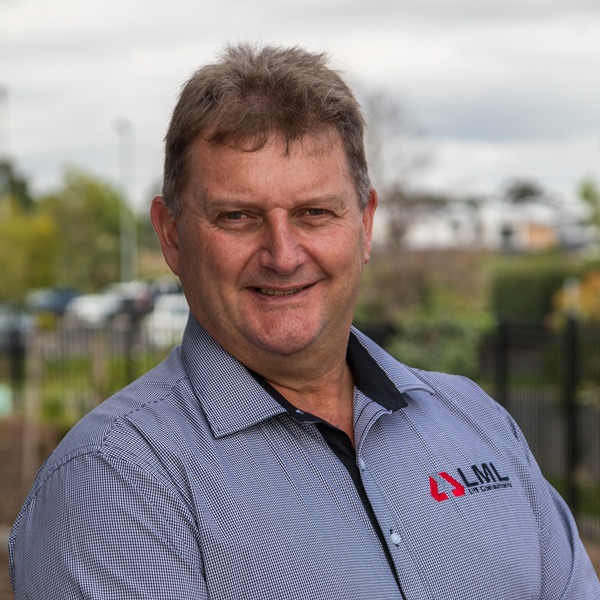
Ian Flannery
Flannery has more than 38 years’ experience, initially serving as an apprentice with Precision Elevators in the early 1980s. He spent a number of years installing, commissioning and testing lifts for both Schindler and KONE, working as an adjuster and site manager for a number of large projects. He was the technical and service training manager at KONE. Although his focus is on technical matters, testing and training, Flannery has also held many other roles in the service, installation and modernization departments at VT companies.
Get more of Elevator World. Sign up for our free e-newsletter.
